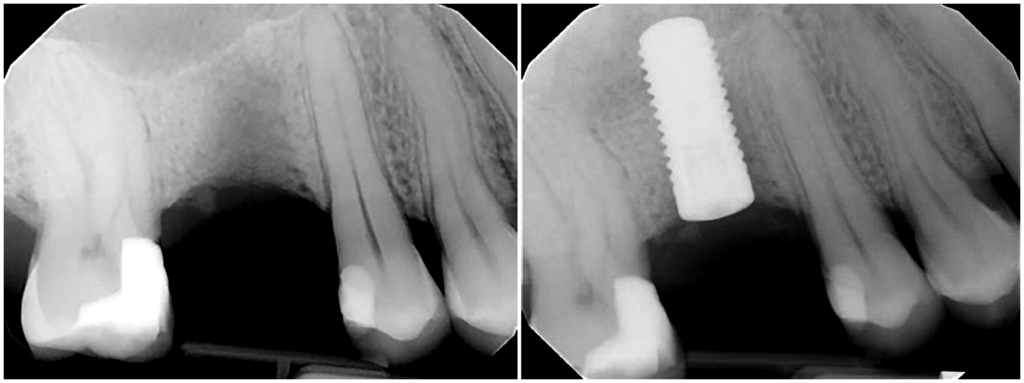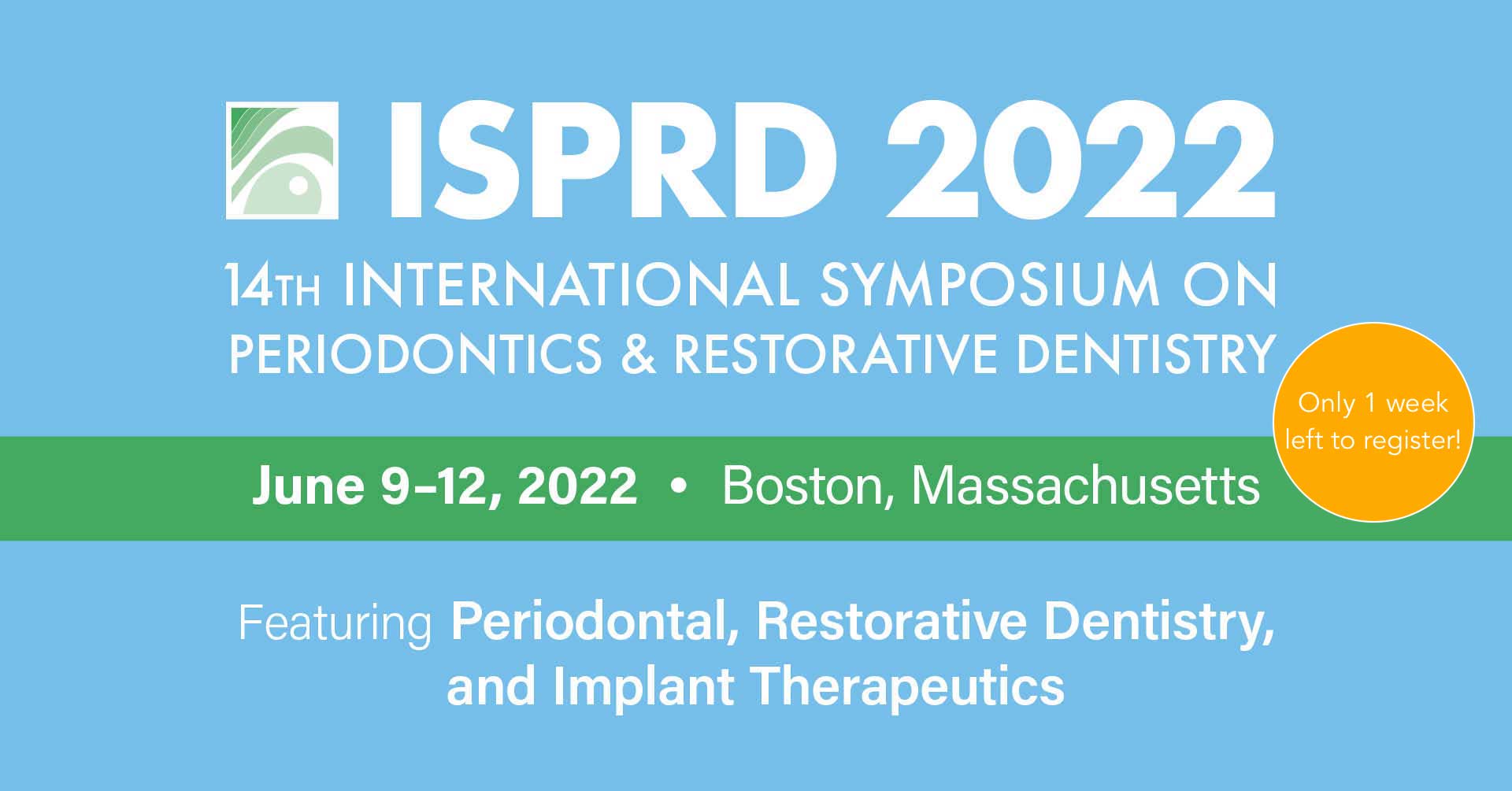Implant placement is the gold standard in permanent restorative treatment. Its popularity is largely due to high success rates documented in countless studies over the decades, including in Quintessence’s own journals. Still, implants are not exempt from complications or failures. Even the most skilled clinician cannot always prevent mechanical or biologic problems from wreaking havoc, and osseointegration failure, fracture, overloading, and peri-implantitis can compromise an implant before it has a chance to fulfill its functional, esthetic, or phonetic purpose.
Even though another implant can be placed at a failed site, the survival rate drops with each subsequent placement. Maybe that’s why a recent PRD article stood out: Not only did an implant site endure four implant failures, but it lived to tell the tale of a successful fifth implant placement.
The patient was understandably skeptical of yet another treatment attempt, but he managed to push the distrust aside and try again. Drs Al Khalil, Leung, Bergamini, Yu, Froum, and Cho were determined to succeed.
The lateral window approach for maxillary sinus augmentation was the treatment method of choice to ensure a successful case. After creating a buccal flap, the sinus membrane was elevated for the implant osteotomy. The implant was placed using a submerged approach, achieving good stability by engaging the maxillary sinus cortical floor, and the residual spaces were grafted with xenograft. Primary closure was achieved, and the site healed uneventfully for 3 months, at which time second-stage surgery was performed. A zirconia crown was then utilized to restore the site, and the patient was given a nightguard to counteract their bruxing habits. At the 1-year follow-up, the implant and prosthesis were functioning well, and no marginal bone loss was seen.

Four previous implant failures may result in a less-than-favorable prognosis, and many readers likely shared the patient’s skepticism and uncertainty of success. But I guess that old saying is true: If at first you don’t succeed, try, try again. With simultaneous augmentation at implant placement, good initial implant stability, and perseverance, even the most unlikely cases can achieve positive outcomes.
Check out the May/June issue of PRD for all the details on this success story, or be sure to grab a copy at the 14th International Symposium on Periodontics & Restorative Dentistry next week. We hope to see you there!

